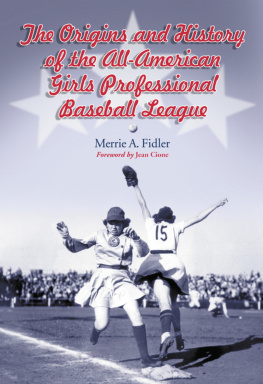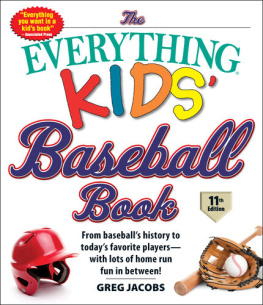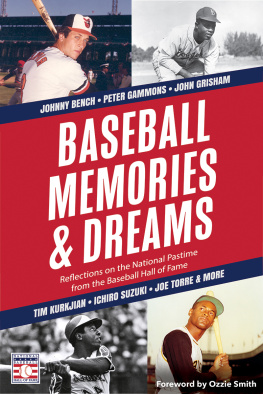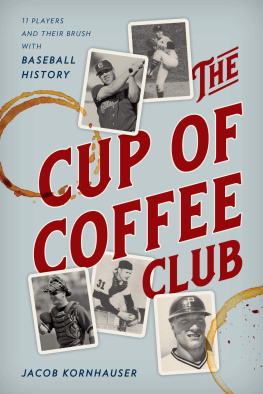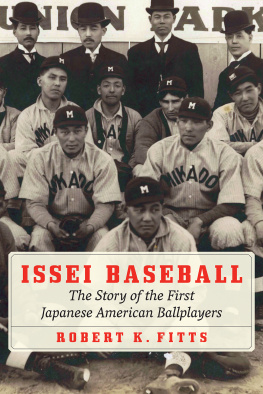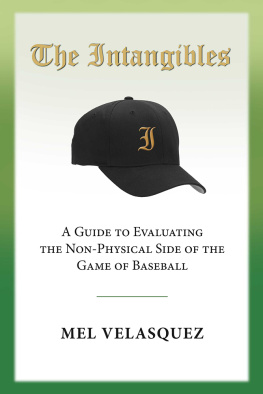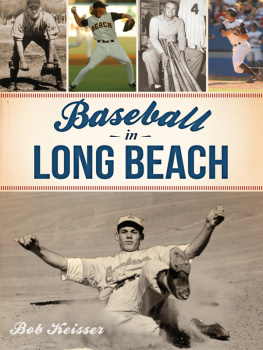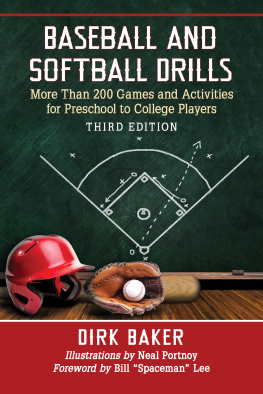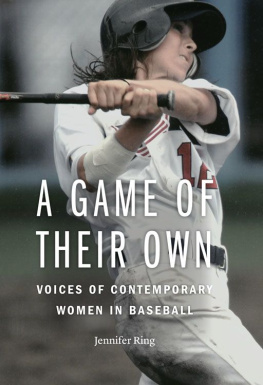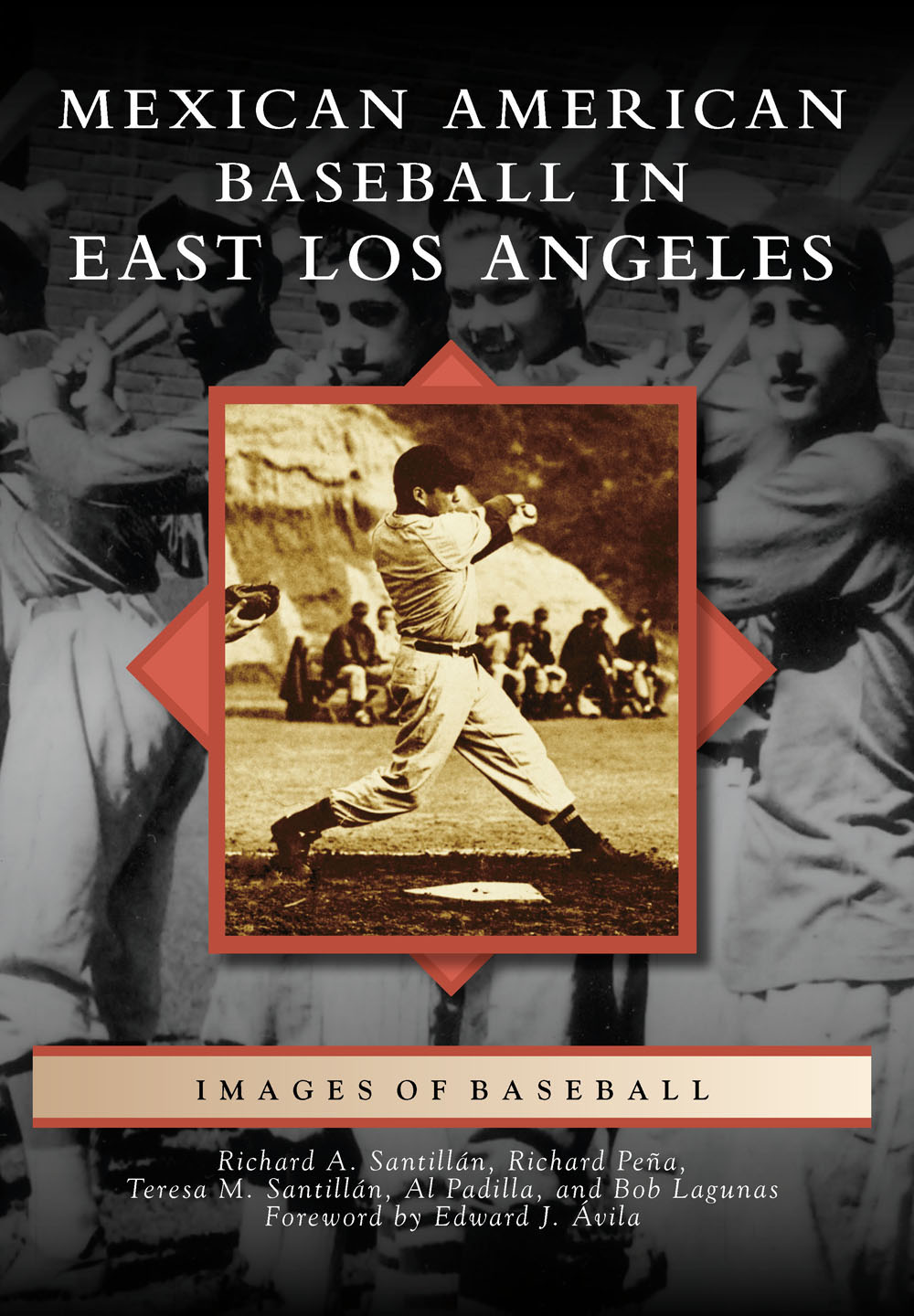
MEXICAN AMERICAN
BASEBALL IN
EAST LOS ANGELES
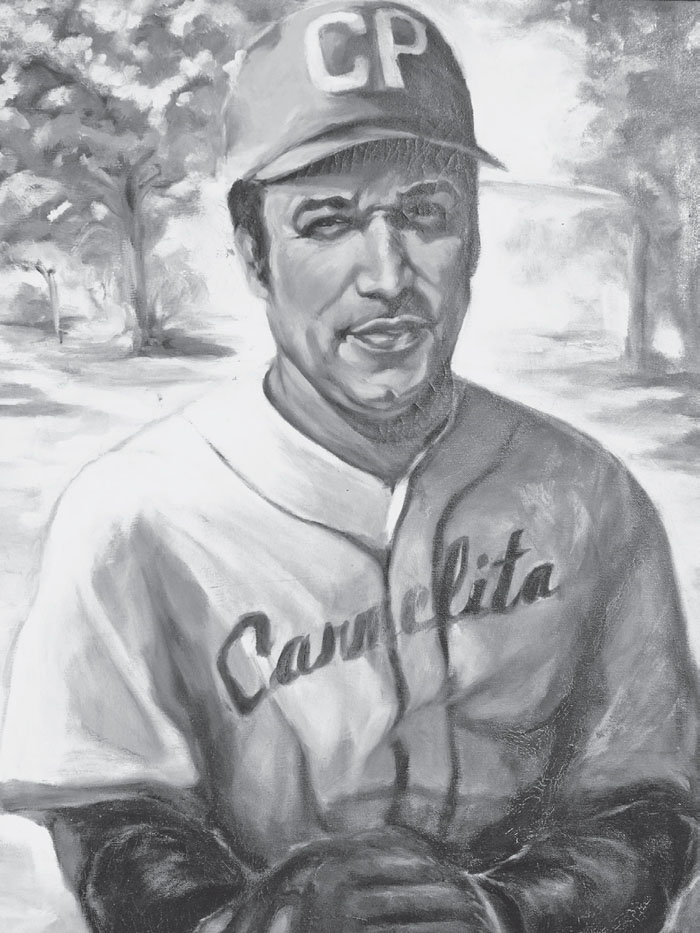
On April 4, 2016, Richard Pea, one of the coauthors of this book, passed away. Richard was one of the original players who helped establish the Latino Baseball History Project in 2006. He, Al Padilla, and Bob Lagunas have been the heart and soul of the project since its inception. We are all indebted to Richards passion and tireless work promoting the long and rich history of Mexican American baseball and softball. Heaven now has an outstanding left-handed pitcher. His coauthors dedicate this book to his wonderful memory. Rest in peacedescansa en paz, compadre. (Courtesy of Richard Pea.)
FRONT COVER: Al Padilla was an outstanding pitcher and hitter in the late 1940s at Roosevelt High School. He is seen here in his famous swing. He coached at Roosevelt and Garfield High Schools and at East Los Angeles College. He has been inducted into the Occidental College Hall of Fame for both football and baseball. (Courtesy of Al Padilla.)
COVER BACKGROUND: Mexican American youth teams were sponsored by neighborhood playgrounds, churches, merchants, American Legion posts, social agencies, law enforcement, recreational centers, mutual aid societies, charitable organizations, and generous individuals. Baseball and softball taught boys and girls the everlasting skills and life lessons of playing a team sport. These values and a code of conduct gave them a head start to successful careers in American society. This photograph was taken in 1940 at Wrigley Field in Los Angeles. (Courtesy of Ray Alderete.)
BACK COVER: Baseball and softball taught boys and girls the everlasting skills and life lessons to be successful, including responsibility, cooperation, good judgment, common sense, cleverness, self-assurance, perseverance, teamwork, will power, self-control, listening skills, the value of hard work and practice, and sacrificing oneself for the collective good. One such youth team was this 1940s rnelas Market squad. (Courtesy of Richard Pea.)
MEXICAN AMERICAN
BASEBALL IN
EAST LOS ANGELES
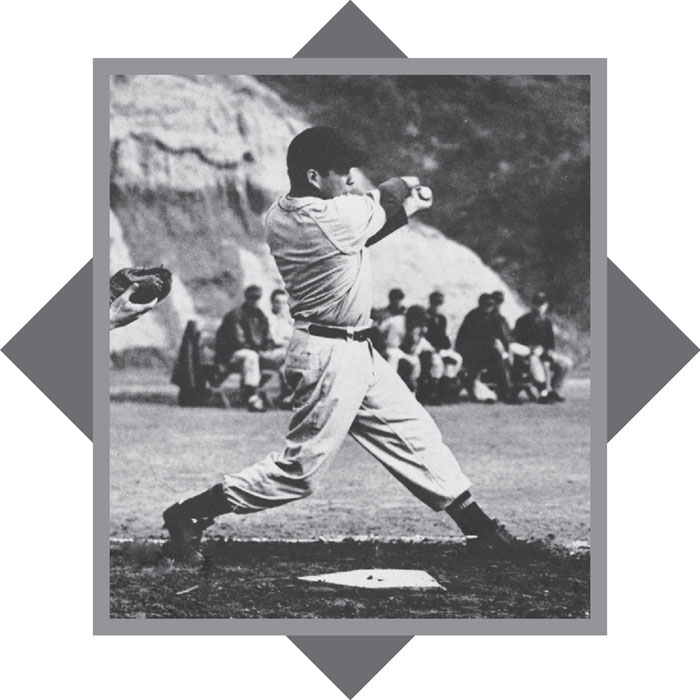
Richard A. Santilln, Rich ard Pea,
Teresa M. Santill n, Al Padilla, and Bob Lagunas
Foreword by Edward J. vila

Copyright 2016 by Richard A. Santilln, Richard Pea, Teresa M. Santilln, Al Padilla, and Bob Lagunas
ISBN 978-1-4671-2471-3
Ebook ISBN 9781439659106
Published by Arcadia Publishing
Charleston, South Carolina
Library of Congress Control Number: 2016954890
For all general information, please contact Arcadia Publishing:
Telephone 843-853-2070
Fax 843-853-0044
E-mail
For customer service and orders:
Toll-Free 1-888-313-2665
Visit us on the Internet at www.arcadiapublishing.com
To my father, Carlos, who graduated from Roosevelt High School in 1942; my mother, Rachel, who grew up in the Flats; my brothers, Charles and Joe, born at the Lincoln Hospital on Soto Street; and the East Los Angeles institutions from my early life, including the White Memorial Hospital, Dolores Mission, Our Lady of Lourdes, Belvedere Elementary School, St. Marys, the Floral Drive-In, Belvedere and Hollenbeck Parks, and the First Street Store; and lastly to my precious and unforgettable wife, Teresa.
Richard
This book is for everyone who has ever loved and played the game of baseball.
Coach Al Padilla
To my husband, Richard, for his love of baseball and for his tireless work and passion for each of the books in this series, and to our three children, Anthony, Dianne, and John, and our three grandchildren, Alec, Romn, and Rhiannon. They have played ball in Alhambra, El Sereno, and East Los Angeles. Finally, to my siblings, Lilia, Salvador, Martha, Julia, and Jos, and our loving parents, Cresencio and Guadalupe vila Holgun.
Teresa
To my dad, Robert Lakes Lagunas; brother Art; son Robert K.; grandson Jay; and cousin Rudy Viera; to all of the coaches who had an impact in my life from youth to college: Art Bartless (Pico Rivera Pirates), Jim Reeder (Los Angeles State College), Windell Pickens (Orange Coast College), Manuel Moreno (Maywood), and Jack Danridge and Tom Keough (El Rancho High School); and to my old baseball buddy Conrad Muatones.
Bob
CONTENTS
FOREWORD
I was born at the Beverly Hospital and grew up in Boyle Heights on Soto Street. I attended St. Marys Elementary School, Cathedral High School, East Los Angeles College, and Cal State Los Angeles, where I graduated with a degree in political science. I was an avid baseball fan, although I personally played only on the school playground with friends. I still fondly remember my father, Jos, taking us in the 1950s to the Pacific Coast League Angels games at Wrigley Field and to the Los Angeles Memorial Coliseum when the Dodgers first moved out to the West Coast. Through friends, my brother Joe became the batboy for the Angels.
I grew up at a time when a political revolution was taking place in East Los Angeles. After World War II, Mexican American servicemen and defense workers, many of them women, escalated their pre-war struggle for civil, economic, and political rights. That struggle led to a watershed moment when World War II veteran Edward R. Roybal was elected to the Los Angeles City Council in 1949. Roybal was a great baseball fan and knew many of the players, coaches, umpires, and teams from the eastside. The vila and Roybal families, both from Boyle Heights, came to know each other in those days. My sister Esther had gone to Ramona Convent with the Roybal daughters Lillian and Lucille, and our families became close.
After military service, about the time I completed my masters degree in 1968, I received a call from US congressman Roybal about interning in his office. Working for this amazing man who I had idolized since childhood was an incredible opportunity for me. I soon became his field deputy, and later I became involved with his other trailblazing efforts, including the establishment of the National Association of Latino Elected and Appointed Officials (NALEO). Roybal asked me to be its first executive director, which took me to Washington, DC, in 1979. NALEO celebrated its 40th anniversary in 2016.
Congressman Roybal is remembered today as the father of Mexican American politics in the Southwest. He heroically stood on the side of the people of Chavez Ravine when their properties were confiscated to build Dodger Stadium, he bravely led the fight against the Los Angeles Police Department for its discriminatory practices against people of color, and he was on the side of the students during the 1968 educational blowouts in East Los Angeles. Among his friends were Pres. John F. Kennedy, Cesar Chavez, Martin Luther King, and actor Anthony Quinn.
In fact, Congressman Roybal was an institution in East Los Angeles from the 1930s, when he graduated from Roosevelt High School, until his death in 2005. His daughter Lucille now serves in Congress. The congressman loved sports, especially baseball, and represented East Los Angeles during its golden age. He was often seen on the field talking to players at Evergreen, Belvedere, and Fresno Parks and at Wrigley Field and Gilmore Stadium, the home of the Hollywood Stars.
This extraordinary book on the long love affair of East Los Angeles Mexican Americans for baseball and softball pays tribute to the men, women, boys, and girls who played the game, and to Congressman Roybal, who combined his passion for politics and sports with his fight for a better world.
Next page

